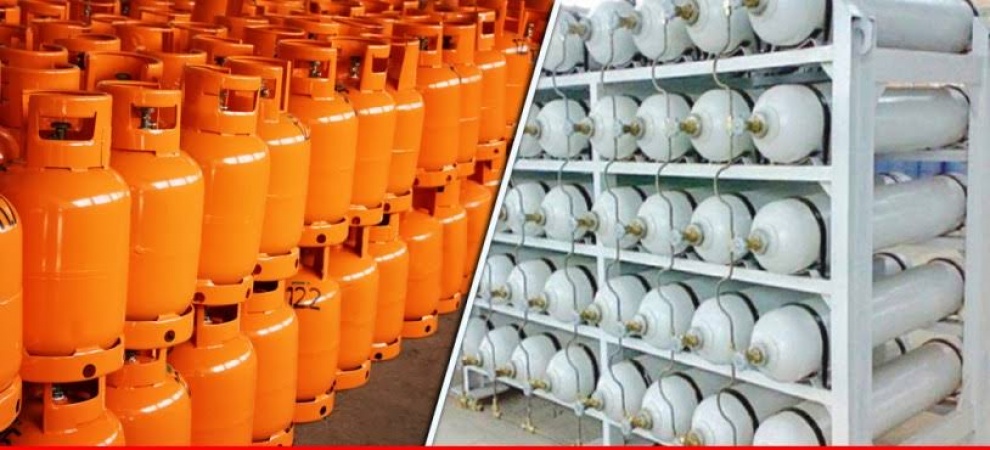LPG vs CNG: Fuels of the Future You Should Know About
Posted by Nusaybah Shuaib-Osunleke | 4 months ago | 207 times

With the world gradually moving away from traditional fuels, two superheroes; Liquefied Petroleum Gas(LPG) and Compressed Natural Gas(CNG) are stepping in to save the day.
You’ve probably heard of these names, but what makes them special, and how are they different?
The recent sad incident in Edo state has raised concerns about the safety of the switch from petrol-powered cars to CNG.
The accident has called for the need to critically differentiate between the two, which are commonly used across Nigeria. Understanding these differences is important for safety and effective use.
LPG is like the reliable friend you can always count on. It’s a mix of propane and butane, stored in liquid form, which are leftovers from the processing of natural gas and the refining of oil. LPG uses lighter, less thick cylinders than CNG because of its lower pressure and less complicated storage needs. LPG powers stoves, heaters, and even some industrial equipment. Its biggest flex? It’s portable, efficient, and burns cleaner than kerosene. CNG’s high-pressure demands far more durable materials.
On the other hand, CNG is more of a road warrior. It’s natural gas (mostly methane) compressed into high-pressure cylinders. Methane is a cleaner-burning fuel, releasing fewer emissions compared to other fossil fuels, making it a preferred alternative in vehicles aiming to reduce carbon. CNG is highlighted for its safety and lower production costs.
Think of CNG as the green alternative for buses, taxis, and trucks. It’s not just affordable; it’s also easy on the environment, producing fewer harmful emissions than petrol or diesel. This is why many public transport systems are switching to CNG; because cleaner air benefits everyone.
While both LPG and CNG play crucial roles in promoting sustainable energy, each has its turf. LPG is the kitchen champion and small industry go-to because it’s stored as a liquid, easy to handle, and ready to use. Meanwhile, CNG stays in gas form and shines on the roads, reducing pollution and cutting down fuel costs.
Why does this matter to you? Well, besides saving money, using LPG and CNG means you’re helping fight climate change. Imagine cooking your favorite meal with LPG or riding in a CNG-powered bus—both actions support a cleaner, greener future.
According to a World Health Organization’s report, it showed that the combined effects of air pollution largely caused by the combustion of petrol and other fossil fuels cause an estimated 6.7 million premature deaths in the world yearly.
So, whether you’re switching to LPG for home cooking or considering CNG for your next car, you’re part of a movement that’s making the world a better place. The future of energy is here; clean, affordable, and within your reach!
With the efforts of Nigeria's government and private investors, Nigerians are increasingly switching over from kerosene, firewood and other dirty domestic fuels to the use of Liquefied Natural Gas (LNG), better known as cooking gas, which is cheaper and more friendly to the environment than kerosene.
The domestic consumption of cooking gas in Nigeria rose from about 70,000 metric tonnes in 2007 to over one million metric tonnes in 2020. The use of CNG will equally protect both the environment and health, as well as eliminate the economic effects of the subsidy removal on Nigerians. With CNG, Nigerians will not feel the excruciating effects of the high cost of petrol as CNG is cheaper.







